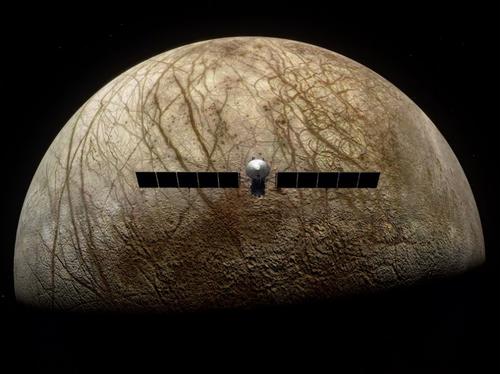The SUrface Dust Analyzer (SUDA) onboard Europa Clipper
The Europa Clipper mission from NASA was launched in 2024 and will arrive in April 2030 in the Jovian system, with the goal of investigating the habitability of the icy ocean moon Europa. It is the first mission entirely designed to conduct a detailed study of Europa, and will conduct 49 close flybys of the moon. The main science objectives of the mission are:
- determine the thickness of Europa’s icy shell, and understand how Europa’s ocean interacts with the surface.
- investigate the composition of Europa’s ocean to determine if it has the ingredients to permit and sustain life.
- study how Europa’s surface features formed and locate any signs of recent activity, such as sliding crust plates or plumes that are venting water into space.
To fulfill these goals, the spacecraft has 9 dedicated science instruments, as well as gravity and radio science tools. One of these instruments is the SUrface Dust Analyzer (SUDA), a mass spectrometer that will analyze small dust grains ejected by (micro)meteorites from the icy surface and possible plume particles ejected from subsurface reservoirs. The dust analyzer will scoop up the ice grains and identify both their chemistry and area of origin. It will offer insight into Europa’s ocean salinity and chemical inventory, including potential organic molecules, thus allowing to determine if Europa’s ocean is suitable for some form of life.
